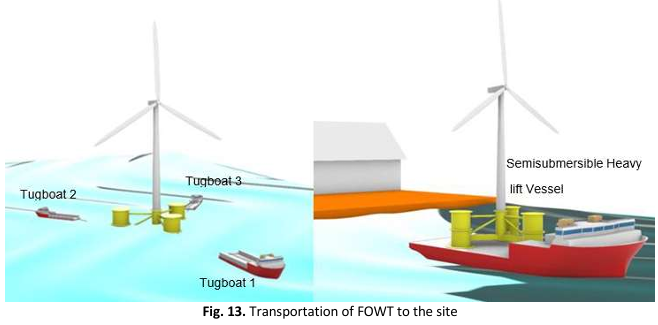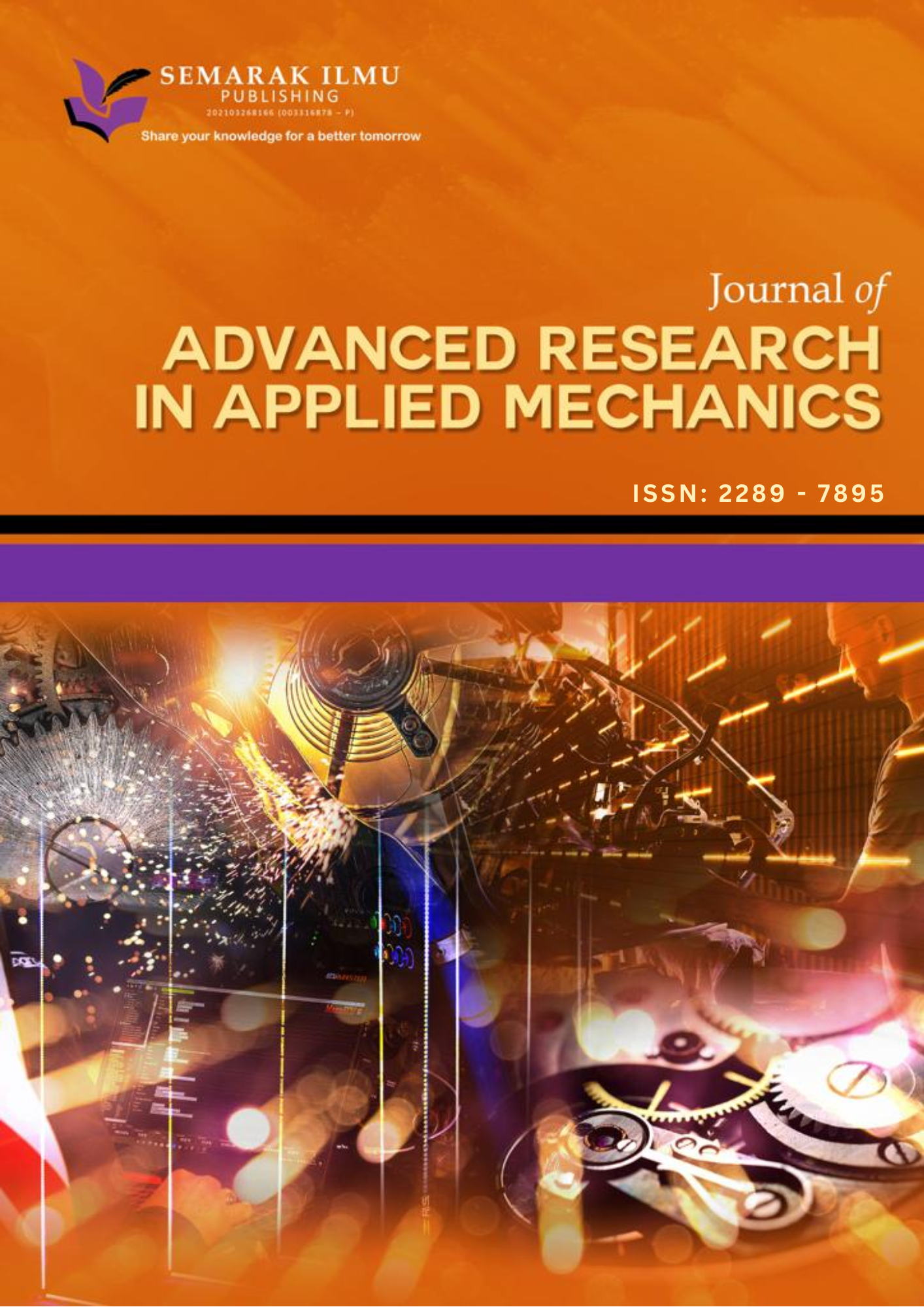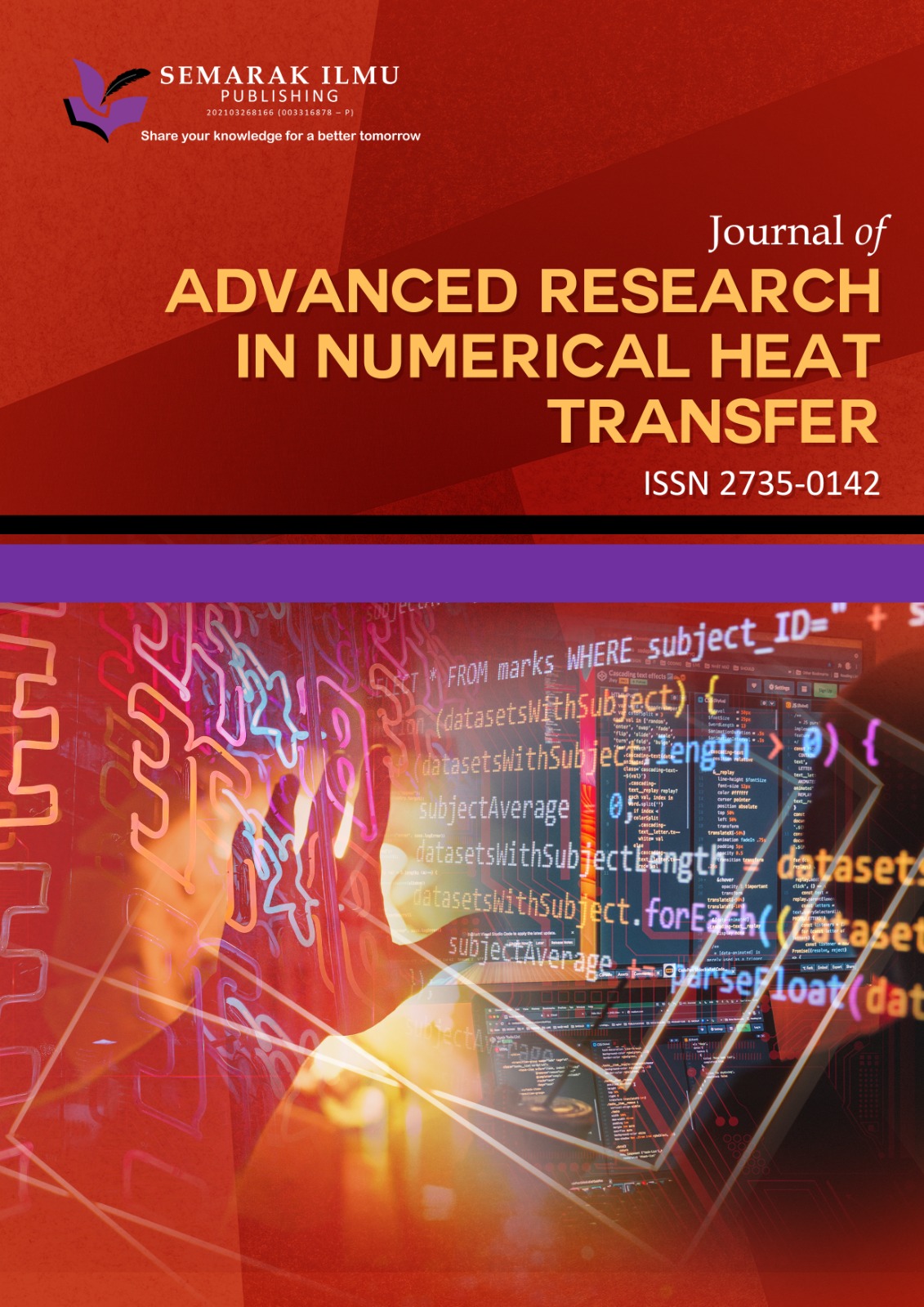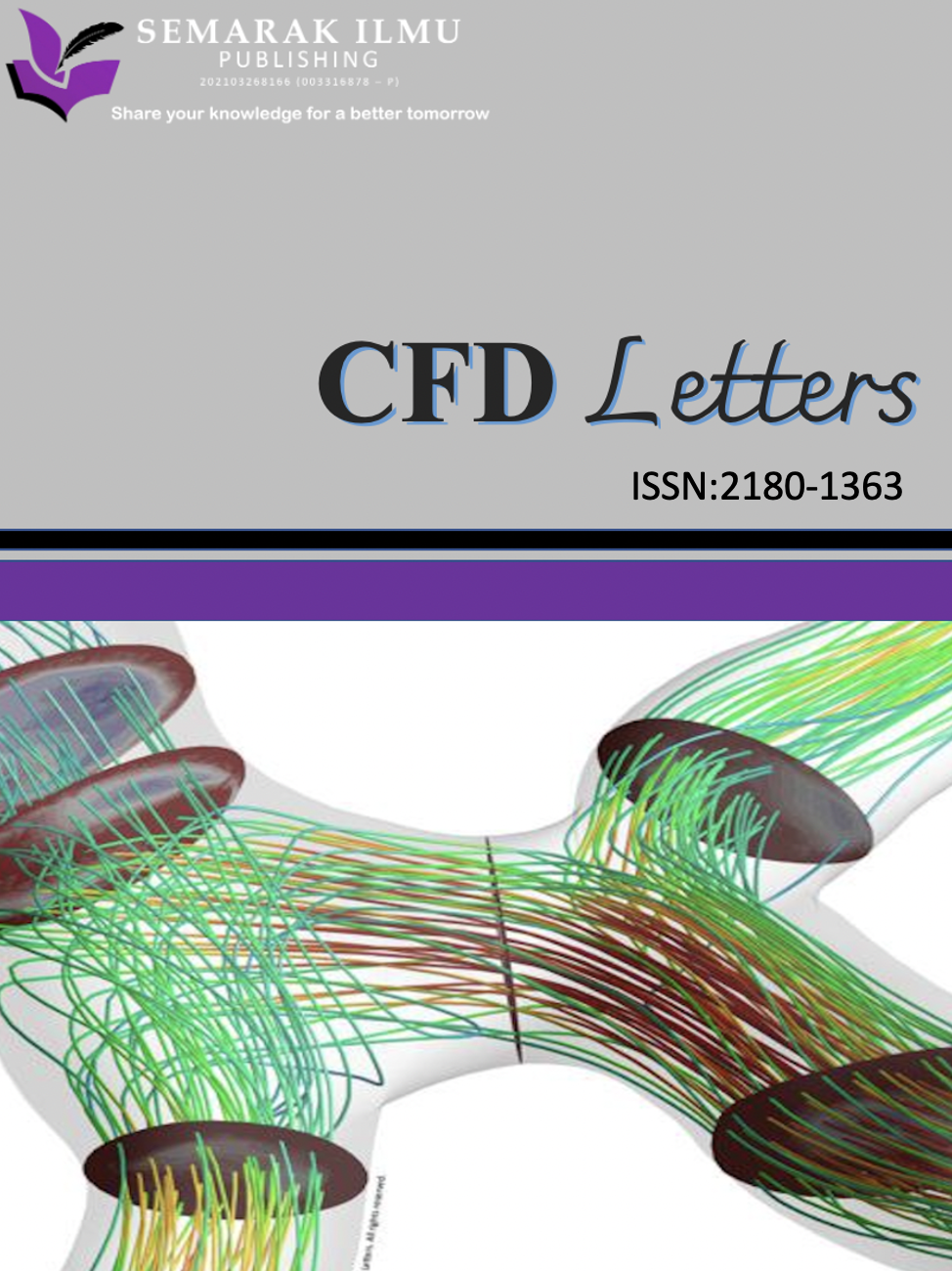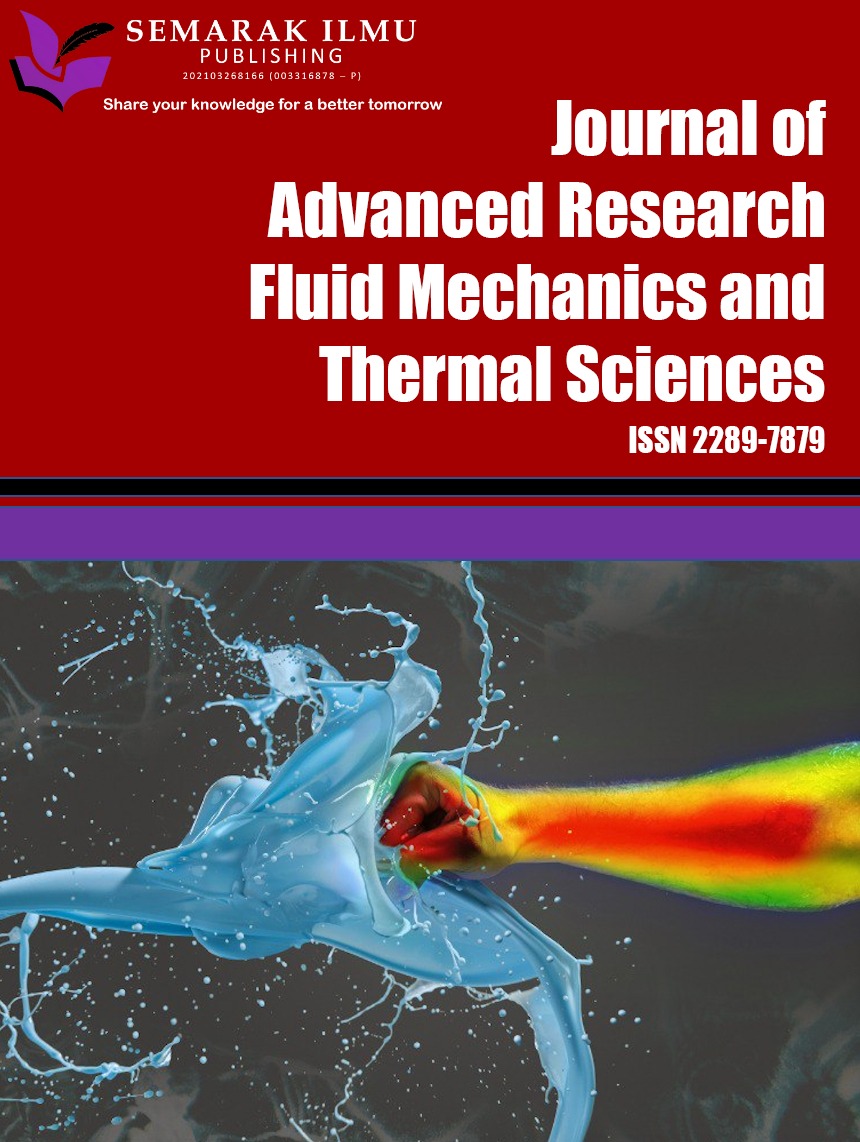Design Considerations and Factors Influencing Floating Offshore Wind Turbines through Numerical Method and Industrial Practice
DOI:
https://doi.org/10.37934/ard.128.1.125143Keywords:
floating offshore wind turbines, design consideration, renewable energy, mooring, numerical analysisAbstract
The increasing demand for renewable energy sources has prompted significant interest in exploring offshore wind power. However, most of the studies in the literature are limited to onshore power generation with a lack of long-term data from a wide range of operational wind turbines. This research explores the design considerations and factors influencing the design of Floating Offshore Wind Turbine (FOWT) by providing valuable insights into the key areas that demand attention, thereby facilitating the realization of the full performance of FOWTs. While FOWTs present a promising solution for harnessing wind energy in deep waters, significant challenges need to be addressed. These include the design of foundations that can withstand harsh marine conditions, the development of effective strategies for fabrication, installation, operation, maintenance and decommissioning and the integration of these factors into a comprehensive design framework. The lack of specific guidelines and standards for FOWTs further complicates these issues. This paper aims to explore these challenges in detail and propose innovative solutions to advance the commercialization of FOWTs. In this work, numerical simulations and modelling techniques are employed to analyse the dynamic response of FOWTs under various environmental conditions. The FOWT fabrication, transportation and installation strategies were briefly examined based on the industrial practice and recent academic literature. The numerical results indicated that the numerical method is extremely beneficial during the initial design stage, as it allows for an accurate and comprehensive understanding of the FOWTs’ behaviour under various environmental conditions. This study contributes to the field of FOWT by utilizing numerical simulation and industrial operational methods to optimize design considerations, thereby paving the way for efficient and cost-effective harnessing of wind energy in deeper waters.
Downloads
